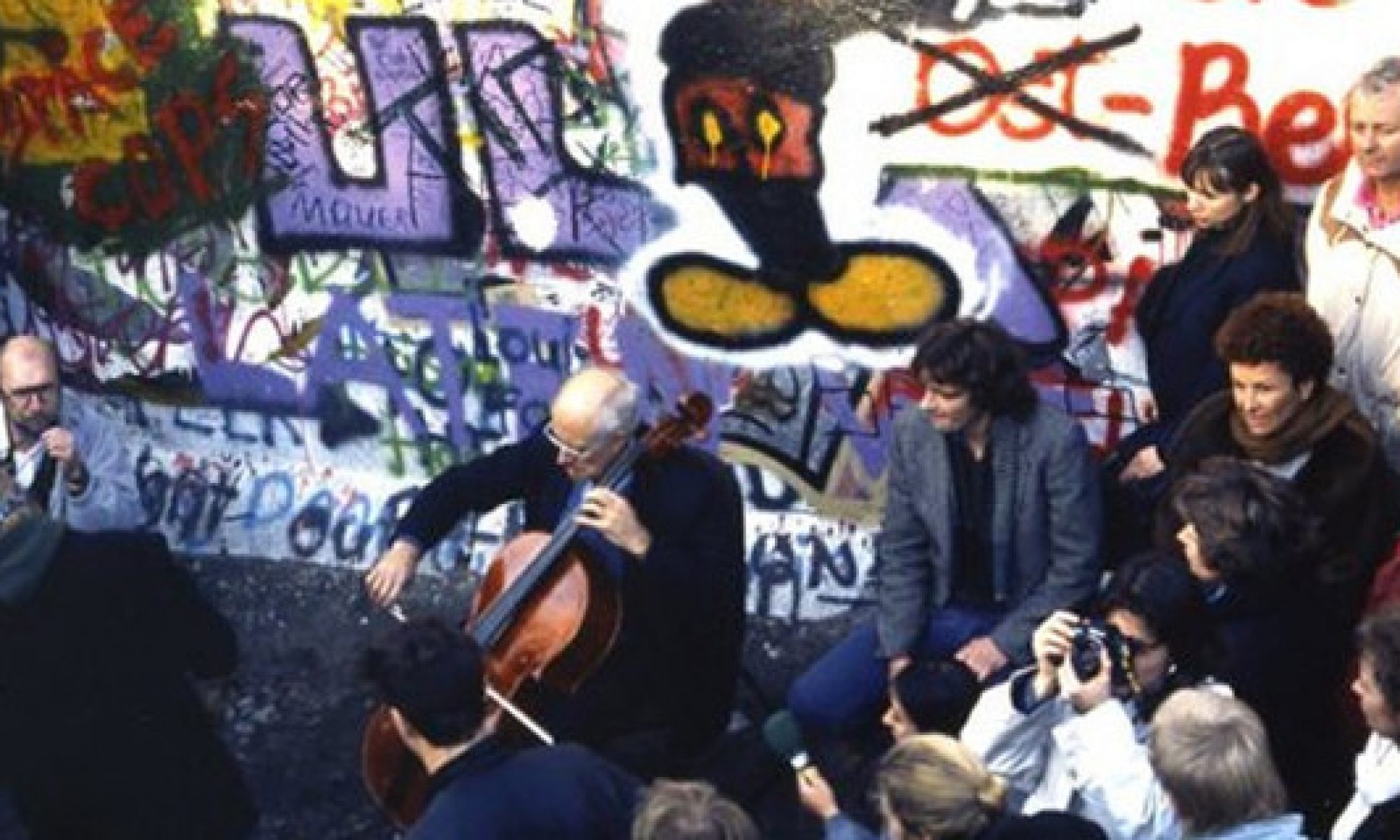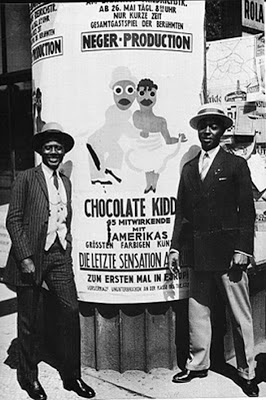
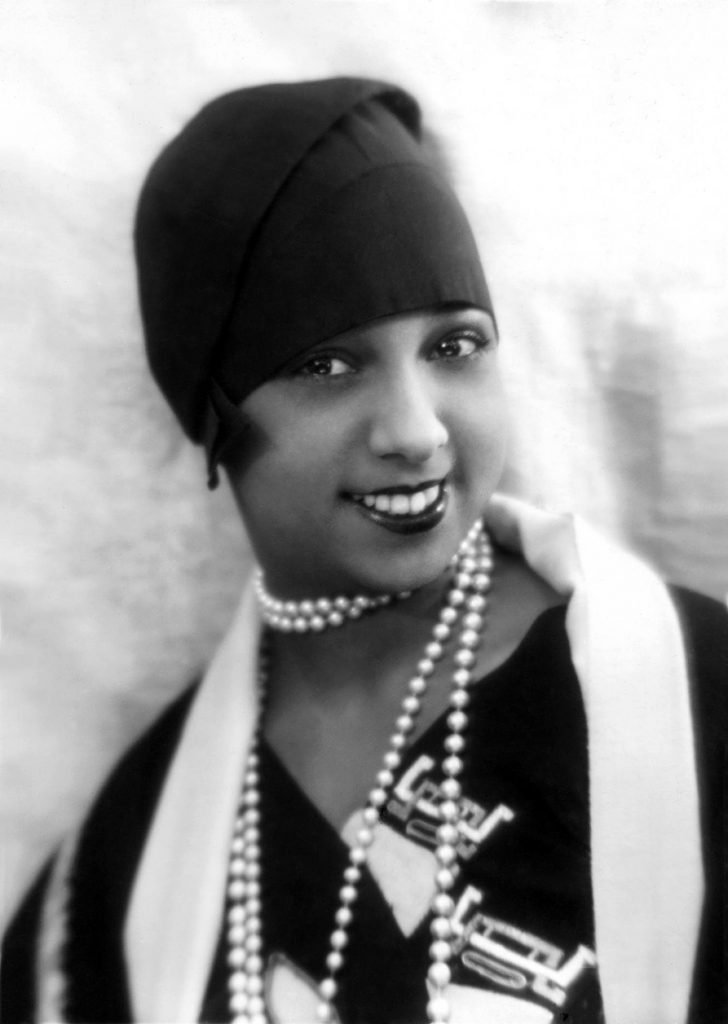
Quick History of the Time
The Roaring 20s across the United States and Western Europe was full of jazz, cabarets, and new cultures. The First World War had just ended, and it was a time of prosperity for many. For places like Germany, they had a little bit of a harder time after the war as they had to pay most of the war debt. Because of this nature of things, by 1923 was ending Berlin was filled with starving people and those that did not believe in a social contract. It was to the point where the “sense of values, the old propriety were gone. Hard work and thrift no longer meant salvation.” (1.124) Still with Berlin’s nightlife and the outlandish nature of people, “Berlin was the most decadent city in Europe.” (1) Many people during this time, especially the blacks, were trying to perform and have their time in the spotlight through many different cities across the United States and Western Europe. However, they were still segregated against badly in the United States so many had a hard time even finding a place to live, so some went to Europe. In Europe they were hesitant at first with the blacks, but ultimately treated them like any other person on the street. Black Performers were adored and given the space to live and act, which was just what Josefine Baker and the Chocolate Kiddies were looking for.
Life Before Performing
Sam Wooding
He was born in Philadelphia in 1895 and learned ragtime and jazz in Atlantic City then even more when he entered Harlem. (2) He started his career playing the piano while in Atlantic City and some in Newark. When World War I started, he entered war with the 807th Pioneer Infantry Band. When the war ended, he formed many different bands some ranging from five members to eight at the most. One of these bands was his Society Syncopators. He moved to New York City and eventually played at the Club Alabam. (3) Most of his life before being discovered to go to Berlin was around music, just trying to make it in the music business. Sam Wooding was a great pianist and his band was held to the same standard. He loved Harlem saying, “I found Harlem to be everything a young Negro would look forward to and desire, to give the necessary push to his hungry ambitious spirit for culture and musical aspirations.” (3.54)
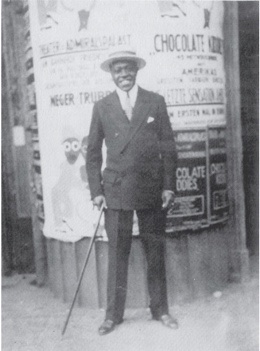
Josephine Baker
She was born as Freda J. McDonald on June 3, 1906 in St. Louis. She did not have the best of childhoods, but it was better than most. Baker and her mother had a strained relationship mainly because her mother was “black,” and she was “brown” (since her father was white). Her family mainly lived with other better off families and worked for them, sometimes she would go off by herself and live in with a family, but while she was young (below 10) that usually ended very abusively. She was an excitable child with a great love of animals. She claimed to have three passions: theatre, animals, and little children, and these usually got her into great trouble. When she was 13, she lived with a man and worked for him, but when their relationship got scandalous her mother pulled her out of it, claiming she was too young for this situation. When an aunt said she was not a child anymore and could do what she pleased, a few days later got married. This was a very short marriage, that was illegal as she was only 13 and one that Baker completely erased from her past. Baker started at this point to run from her past and change her story so to best get her attention. After the marriage ended she ended up working in a restaurant and it was here that her mentor found her, Clara Smith, and got her a job at the Booker T. Washington Theatre. She slowly started to perform and incorporate herself into the show. It was here that the great Josephine Baker was found. After getting tied up in some wires and pulled off stage, everyone was laughing and happy and the director claimed, “You’re a real clown, Birdy. A born comic.” (1.39) She went on tour with them and when it got to Philadelphia at age 15, she found Billy Baker and married him. She joined two other shows and toured the nation and Canada before she was discovered. (1.12-80)
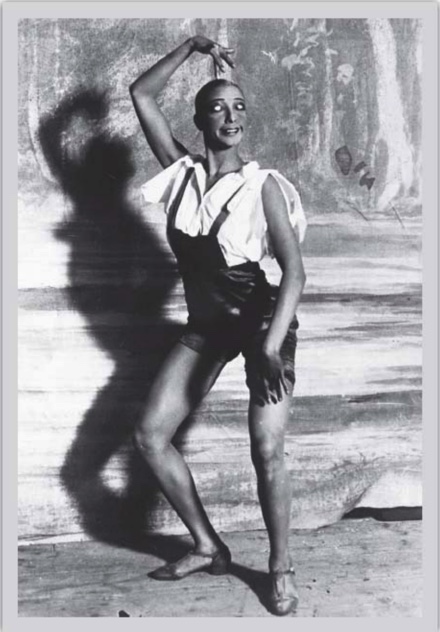
Welcome to Europe
Sam Wooding and the Chocolate Kiddies
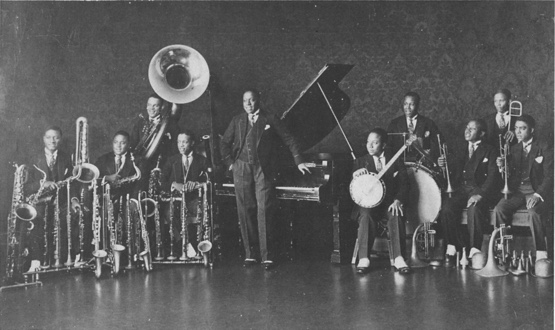
In 1925 a Russian impresario, Leoni Leonidof, came to New York to find music and performers for a black revue that he wanted to take to Berlin. When he saw Sam Wooding and his group, he signed them to provide music. The entire revue was called The Chocolate Kiddies, but that title more so got attached to Sam Wooding and his band. This was the first time an all-American group played in Germany and toured Europe. The revue depicted the nightlife of Harlem and plantation life in the south. The first act was more a revue with different skits and featured four songs by Duke Ellington and Joe Trent, but then the second act was all a jazz concert. This second act feature ended up being the most popular of the entire show. They played mainly American hits which Wooding adapted as the tour went, with “O’ Katherina” being their biggest hit. (3) Their touring led them to Berlin, Budapest, Moscow, London, Prague, Copenhagen, Paris, Vienna, and many others. He introduced jazz to the world and was labeled “the Christopher Columbus of jazz.” (2) In 1928, Wooding went back to America, but then returned back to Berlin to continue touring. After his return, the group had recording sessions of some of their biggest hits for people to claim. (3) Overall, Sam Wooding and his Chocolate Kiddies were loved and a large success through Europe. Thanks to Wooding, the concept of jazz and how it was made and performed have all been greatly impacted and shaped for the better. (2)
Josephine Baker
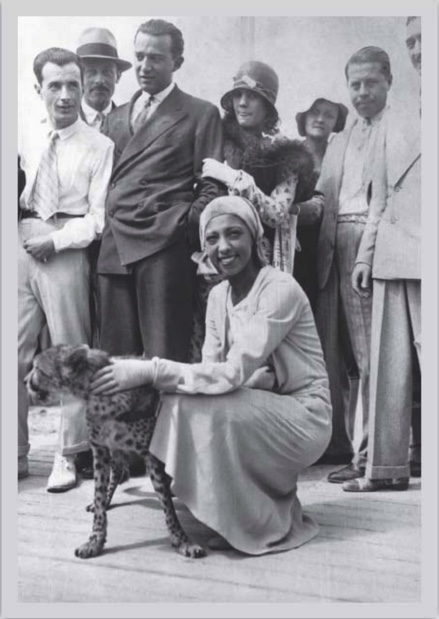
It was Mrs. Caroline Raegan that found, first, Louis Douglas for her show then Josephine Baker. When she saw Baker, she knew immediately that she was her star for her show La Revue Nègre in Paris. Baker took the deal as people told her that in Paris she is appreciated more and treated better. She almost didn’t go last minute but got on the boat. Just the same, she burnt half her scalp the night before the opening and almost didn’t perform either, but in this case the hairdresser created a cap for her which became her signature look and she performed. She was well received and adored in Paris and Berlin and everywhere she went. She was in many shows and a movie for ten years before going back to America on another tour of Ziegfeld Follies. It was her second show that created the banana skirt look. (1.89-187) Her return to America was a setback for her and was horribly received. She was critiqued and discouraged. She quickly went back to Europe in another show that would be a setback but got her back to Paris. When the war struck, she became a spy and travelled around the world getting secrets for France officials and London. Then she went back forth to America and the rest of the world touring and fighting against the racial inequality of the United States. When she got older, she adopted a total of twelve kids, her Rainbow Tribe, and turned her home into a tourist attraction (which she later lost because she was very bad at handling money). A man named Jean-Claude Braily created one last show for the 68-year-old called Josephine. She did barely two performances and they were large successes and she was sent to tour, but she sadly died in her sleep after a performance one night. (4.41-82) She died the way she always wanted to, “I shall dance all my life. I was born to dance, just for that. To live is to dance. I would like to die breathless, spent, at the end of a dance.” And that she did. (4.82)
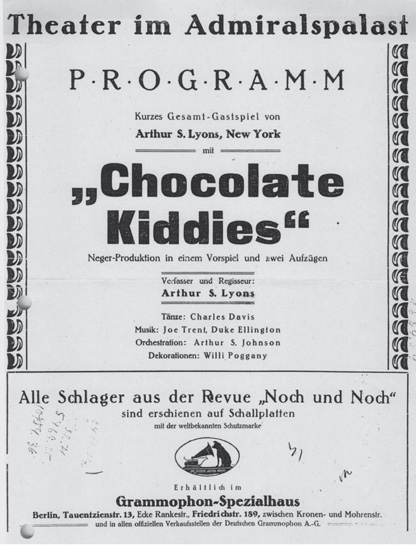
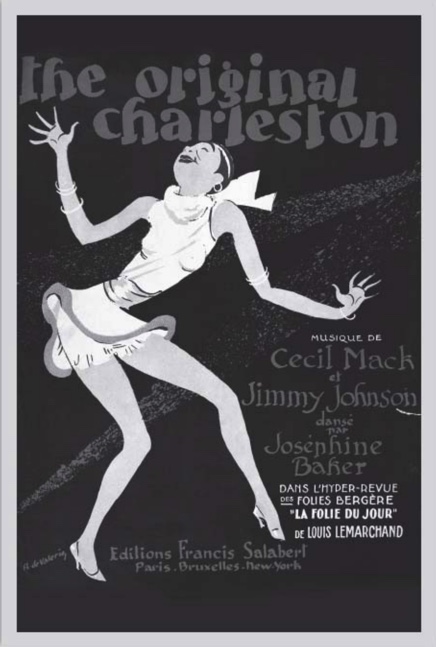
Reactions in America and Europe
Sam Wooding and the Chocolate Kiddies
When they first performed in Berlin this was how Sam Wooding describes the moment at the end of the performance:
The last notes of the overture faded away into silence. Silence, stark silence. [ . . . ] Then . . . the silence was shattered as, like a clap of thunder, the audience erupted into a wild demonstration of foot-stamping and shouting: ‘Bis! Bis! Nochmal! Hoch! Bravo! Bis! Bis!’ over and over again, sounding like the roaring of a large pack of angry and hungry lions. The musicians didn’t understand a word of German and knew even less about local customs. The conglomeration of sound was so great that the word ‘Bis!’—a way of showing approval in German—sounded like ‘beast’ to them and they thought the audience was shouting: ‘beast! beast!’ and were out for blood. [ . . . ] But after the foot-stamping and shouting continued for nearly five minutes and nobody has attacked us physically or thrown anything at us, we then realized that the audience was giving us an ovation. Our fright turned to confidence. (2.75)
Overall from this you can see that they were well received in Berlin and, later, in many parts of the World. However, it can also be seen that in America they risked being attacked or being chased out after each performance. Other people from Europe after seeing them perform all give promising remarks. There was a story told by Wooding when Germans came into a hotel owned by a Jewish couple and harassed the Jewish bartender. Later that week when they returned, two of the bands members beat them up so they would never return. He remarked that that kind of treatment reminded them too much of how the southern treated them in America. (1.125-126) There were other reviews like one noting that the beat of their music was infectious and hit straight down to his bones. Some said it had a primitive vitality and was exactly what was missing from German culture. However, there were those that noted it gave a sense of overstimulation or that it “hammers, bangs, and drums” against the skull. (2.76-77) Although there were negative remarks, most were positive and it was this band that helped to shape jazz culture in Europe.
Josephine Baker
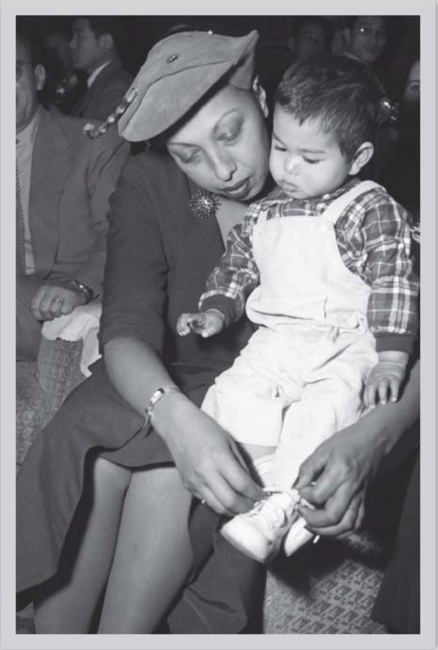
One of the big things that jazz was called was primitive and Josephine Baker dealt with that title a great deal with some of her costume choices as well as how she performed. She took a comedic element to her dances, she would cross her eyes, push her knees together, do the splits, not follow the actual choreography, and have fun. When she hit Paris, first she was treated with respect, politely served at restaurants, could actually try on clothes, and could nicely walk on the streets. They were not hated against like in America where she witnessed many race riots and segregation. For many years and many performances she was loved and admired. When she got older and when she was in America she was less well received, whether it was critique on the performance or the fact that she was aging. When she was young she was wild and vivacious and as she aged she dressed more elegant and sang more but was still loved all the same. Mrs. Raegan talking about the show’s success said, “It wasn’t me, but the phoenix inside Josephine, that bird of paradise…” (1.4) Another reporter says that she was a strange figure and that the sounds of the band appear to come from her. It was the “dirty” Charleston that made people see her in a new light like a beast, barbaric, and naughty, but all in all people loved it. Another positive critic was, “At the end of one number, she would sink to her knees, and finish the song like a prayer, her arms wide open. You did not know if she wanted to embrace the audience or wanted the audience to embrace her, but it moved everyone.” (1.127) Ultimately all Baker wanted was to be loved and she truly was to her last breath. Even with some of the primitive comments, it didn’t matter because to her it was not primitive or even important.
“In Berlin’s journals and newspapers they wrote that I was the embodiment of the German ‘Expressionism’ of today, of German ‘Primitivism’ etc…Why not? Any anyways, what is the meaning of all that?” (5.171-172)
Bibliography
- Baker, Jean-Claude, and Chris Chase. Josephine Baker : The Hungry Heart. Vol. 1st Cooper Square Press ed. New York: Cooper Square Press, 2001.
- Wipplinger, Jonathan O. “The Aural Shock of Modernity: Sam Wooding and Weimar Germany’s Experience of Jazz.” In The Jazz Republic: Music, Race, and American Culture in Weimar Germany, 51-83. Ann Arbor: University of Michigan Press, 2017.
- Cook, Susan C. “Jazz as Deliverance: The Reception and Institution of American Jazz during the Weimar Republic.” American Music 7, no. 1 (1989): 30-47.
- Caravantes, Peggy. The Many Faces of Josephine Baker : Dancer, Singer, Activist, Spy. Women of Action. Chicago, Illinois: Chicago Review Press, 2015.
- Jelavich, Peter. Berlin Cabaret. Cambridge, Massachusetts: Harvard University, 1993.
- Videos have the link embedded and are all from Youtube. (Did not know how to cite Youtube)
- Picture – Albertson, Chris. “Sam Wooding III.” Stomp Off! Blogspot, March 27, 2012.
- Picture – Radlauer, Dave. “Divas, Jazz and Harlem-on-the-Seine, Paris 1924-39, Part 1 of 2.” Jazz. Dagogo, January 2018.
